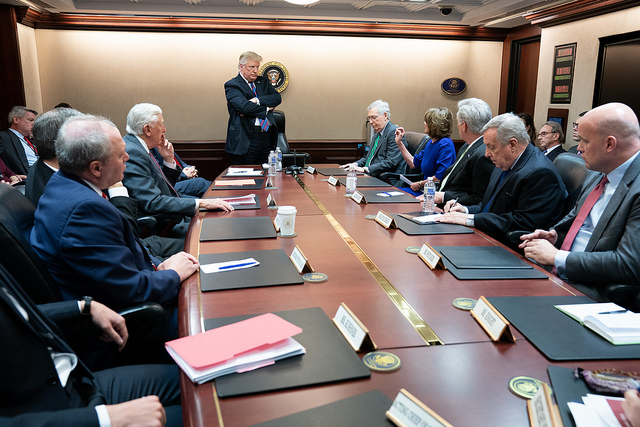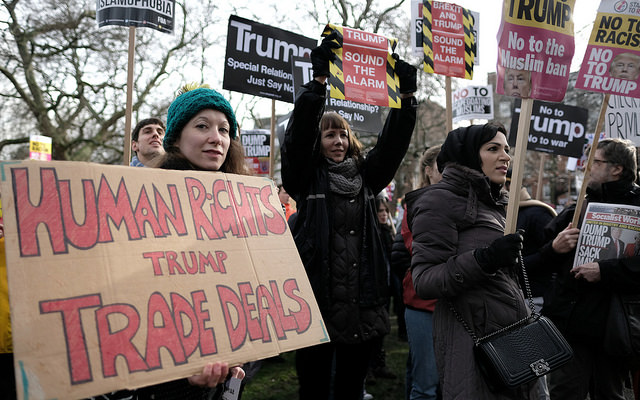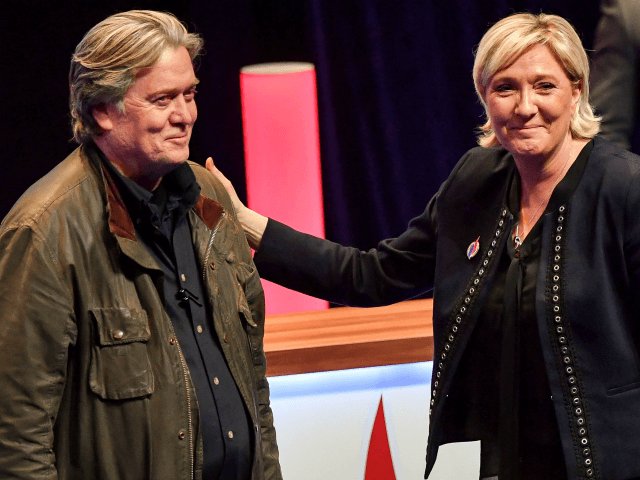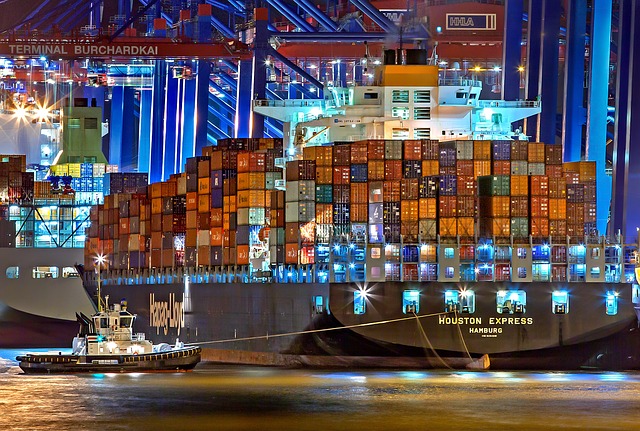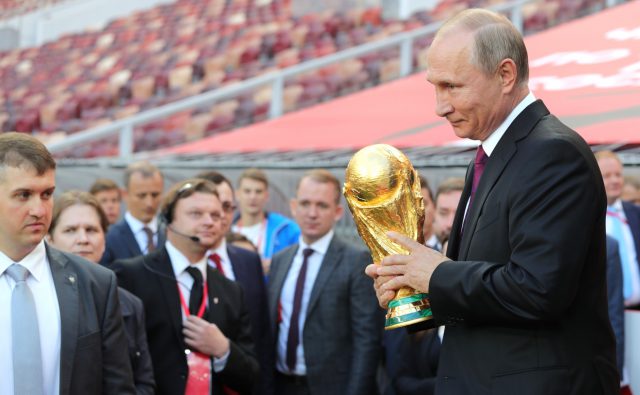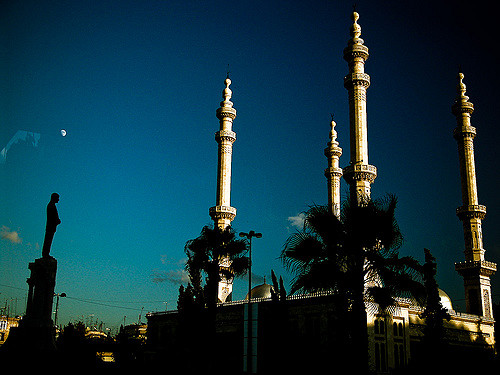Trump’s perfidious America
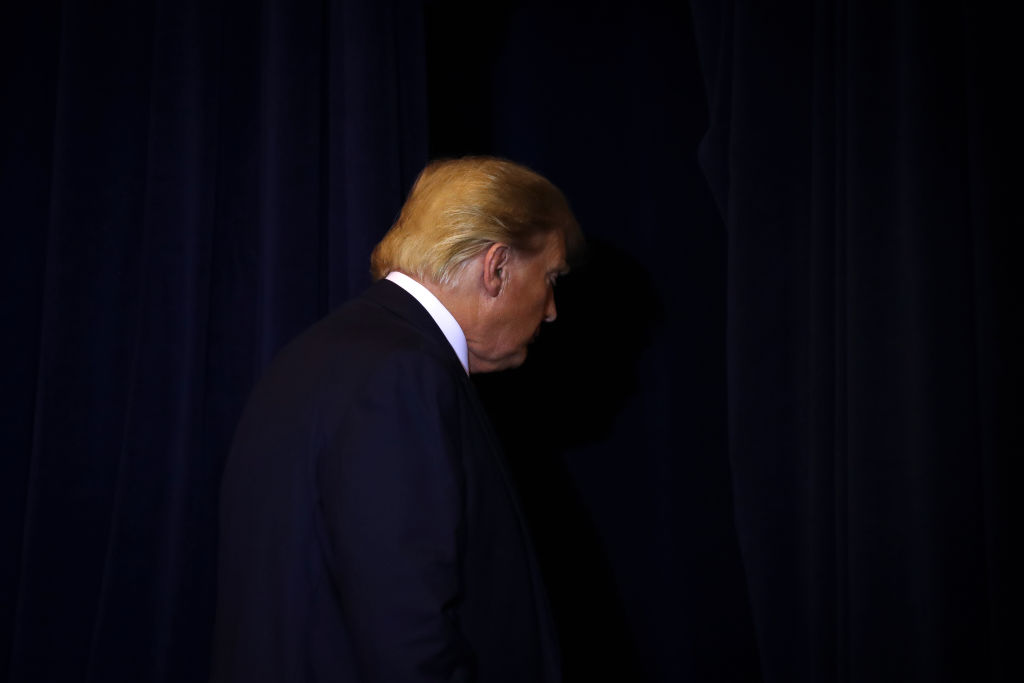
US President Donald Trump’s abrupt decision to withdraw American troops from almost all of Syria, clearing the way for a Turkish offensive against the Kurds, is an unconscionable betrayal of a strategic ally. One would expect such disloyalty from a fascist or otherwise dictatorial regime. And yet, today, it is the United States—a global leader with supposedly high ideals—that has emerged as the world’s perfidious empire.
Trump’s cavalier abandonment of the Kurds—America’s most loyal and effective allies in the war against the Islamic State, who until last week shared military outposts with US soldiers—is but the latest in a long series of devastating betrayals by his administration. He set the tone for his presidency by withdrawing the US from the Paris climate agreement, shamelessly placing the financial interests of America’s fossil-fuel tycoons above the existential interest of the rest of humanity.
Trump also renounced the Iran nuclear deal and reinstated sanctions, even though Iran had complied with the agreement’s obligations (and continued to do so for another year). Even America’s European allies are not safe: not only has Trump repeatedly lashed out at NATO allies; his administration is now imposing trade sanctions on up to US$7.5 billion worth of European Union goods. The US would, Trump recently boasted, undoubtedly win a trade war with the EU.
Europe also stands to lose from Trump’s abandonment of the Kurds. If, in the ongoing chaos, the thousands of IS prisoners held by the Kurdish-led Syrian Democratic Forces escape—as some already have—America’s estranged European allies will suffer. Yet Trump is unconcerned. ‘Well, they are going to be escaping to Europe, that’s where they want to go’, he remarked casually at a press conference. ‘They want to go back to their homes.’
America’s unreliability as both a global leader and ally or partner is no longer in doubt—and countries are adjusting accordingly. India, for example, is pursuing closer ties with China and Russia, after a decade of ever-deeper relations with the US. (The Kurds, it’s worth noting, scrambled to make a deal with Russia, further strengthening the Kremlin’s regional influence.)
Meanwhile, America’s East Asian allies are weighing their options for mitigating the North Korean threat, in which Trump has apparently lost interest. He has shrugged off the North’s repeated tests of short-range ballistic missiles—which threaten Seoul and Tokyo, not New York or Washington—declaring that he is not ‘personally’ bothered by them.
Now, South Korea is attempting to reconcile with the North, while Japan is raising its defence budget to record levels. Meanwhile—in yet another vote of no confidence in the US—Taiwan seems increasingly inclined to reconcile with China.
Saudi Arabia, too, is adapting to Trump’s perfidy. Immediately following last month’s attack on Saudi oil installations—claimed by Yemen’s Iran-backed Houthi rebels, but widely blamed on Iran itself—Trump hinted at military action. But Saudi Arabia knows better than to bet on US loyalty.
In fact, the US withdrawal from Syria came shortly after it moved its air force command and control operations out of the Gulf region, where they had been based for almost four decades, further reinforcing expectations of a more comprehensive US departure from the Middle East. That followed Trump’s refusal to respond with force when Iran downed a US$150 million American drone and impeded navigation in the strategically vital Strait of Hormuz.
Now, in what could be the mother of all diplomatic revolutions in the region, a Saudi-Iranian rapprochement seems to be in the offing. The other Gulf states would most likely join any such agreement.
The US itself is also desperate to get Iran to the negotiating table. Trump would surely laud a new nuclear deal as a major victory, even though it would probably represent little improvement over its predecessor, much like the US–Mexico–Canada Agreement did not improve upon the North American Free Trade Agreement. Trump may proclaim himself a master of the ‘art of the deal’, but, compared to the Iranians, he is an apprentice negotiator.
Iran’s regional posture is strengthened further by the fact that Israel—the US ally that is perhaps least able to handle a betrayal—remains utterly in Trump’s thrall. To be sure, Trump has thrown his support behind Prime Minister Benjamin Netanyahu and has expressed his support for discussions on a formal US–Israel defence treaty. But if Iran decides to retaliate for Israel’s repeated attacks on its military installations in Syria and Iraq, there is no guarantee that the US will stand by its ally. After all, like the Kurds, Israel did not ‘help [the US] in Normandy’—apparently a necessary precondition for US loyalty. (Trump didn’t mention, of course, that his own father did not help the US in World War II, either; he avoided service, just as his sons did during the Vietnam War.)
As for Turkey, Trump has threatened to ‘destroy and obliterate’ its economy if it does anything in its war on the Kurds that he considers ‘off limits’. He then sent a bizarre letter warning Turkish President Recep Tayyip Erdogan not to ‘be a tough guy’.
But why would Erdogan listen? Didn’t he get away with acquiring Russian-made S-400 missiles over Trump’s supposed objections? And has Trump not already handed him the prize of his dreams: a green light to slaughter the Kurds of northern Syria? Not surprisingly, Erdogan reportedly threw the letter straight into the bin.
US President Theodore Roosevelt advised foreign-policymakers to ‘speak softly and carry a big stick’. Trump seems to be doing just the opposite. Add to that his ignorance of history and geopolitics, his blind belief in his supposedly ‘great and unmatched wisdom’ and his apparent disregard for the lives of anyone outside his inner circle, and the global danger that America’s 45th president poses can hardly be overstated.

